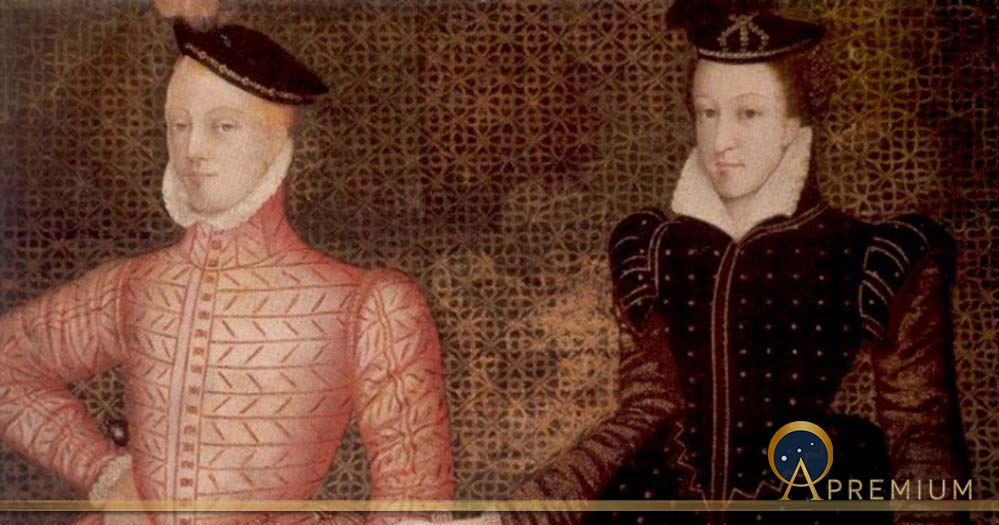In Search Of The Murder Scene Of Lord Darnley, Spouse Of Mary Queen Of Scots
Letters previously thought to have been Italian texts from the 16th century, turned out to be written by Mary Queen of Scotts, when she was held prisoner by her cousin, Queen Elizabeth I. This remarkable discovery was made in February 2023, by a team of codebreakers, cryptographer George Lasry, Professor Norbert Bierman, and Satioshi Tomokiyo, a physicist and patent expert, in the French National Library. The 57 letters date from the period 1578 - 1585. By the time Mary was writing these letters she had been in captivity for some years and she would remain so for 19 years in total until her execution on February 8, 1587 at Fotheringhay Castle.

The trial of Mary, Queen of Scots, 14–15 October 1586, in the great hall of Fotheringhay Castle, Northamptonshire, where she was later beheaded. British Library (CC0)
Mary has long been a controversial figure and these letters, which speak of her health issues, the circumstances of her captivity, her ongoing negotiations with Elizabeth I and her pain at being separated from her son who had been removed from her care as a year-old infant, also reveal that Mary both plotted to secure her freedom and attempted to bribe Elizabeth’s officials. Some argue that Mary was an innocent martyr, a victim of circumstance, others that she deserved her fate as she was a traitor to England and her queen. The truth, as always, lies somewhere in the middle, but there is one event that has forever condemned Mary in many people's eyes, both in the 1500’s and ever since: The murder of her second husband Lord Darnley at Kirk o’ Field in Edinburgh. (The Collegiate Church of St Mary in the Fields was commonly known as Kirk o' Field).

Illustration of Kirk o’ Field, Edinburgh by James Skene of Rubislaw, created around two centuries after the demolition of the buildings (1827) (Public Domain)
A Perfect Political Match
Mary Queen of Scots married Henry Stuart, Lord Darnley on July 29, 1565 in Mary’s private chapel at Holyrood Palace. The two had only properly met in February when Darnley had travelled north and was presented to her at Wemyss Castle. Mary apparently called him the “ lustiest and best proportioned long man that she had ever seen.” Darnley was the son of Mathew Stuart the Earl of Lennox and his wife Lady Margaret Douglas, and he was a maternal grandson of Margaret Tudor, daughter of King Henry VII of England, who had married James IV of Scotland.
Like this Preview and want to read on? You can! JOIN US THERE ( with easy, instant access ) and see what you’re missing!! All Premium articles are available in full, with immediate access.
For the price of a cup of coffee, you get this and all the other great benefits at Ancient Origins Premium. And - each time you support AO Premium, you support independent thought and writing.
Rebecca Batley has a Bachelor’s degree in archaeology (University of Wales) and a Master’s degree in Classics. Her fieldwork includes sites dating to the Bronze Age, Iron Age, Romano-British, Roman, Medieval, Tudor, Georgian and modern periods. At the Louvre Museum, she researched and excavated at sites in Egypt, Syria, and Israel. She works at the Military Intelligence Archive to help to prepare World War One records and she is a part time History tutor.
Top Image: Lord Darnley and Mary Queen of Scots by unknown painter (Public Domain)
By: Rebecca Batley
















